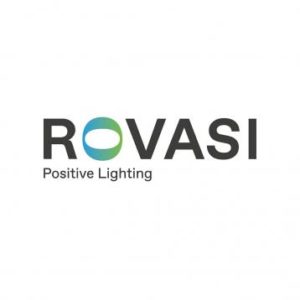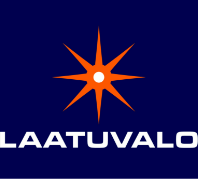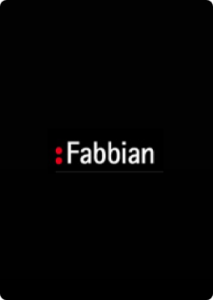
Lighting design process
1.
Understanding
The most important thing for the success of the design. This has a significant impact on what the plan will eventually consist of. Understanding seeks to get as deep as possible into the customer’s world and seeks to see behind things their real needs. This step will help you set the right priorities for your design.
2.
Perception
The observation can be observation in the field, or based on the knowledge formed on the basis of the designer's own activity. The versatility of, for example, the knowledge base available in a number of different fields of science or technology helps to find more opportunities. With a successful phase, an understanding of the needs and aspirations for the design is finally formed, but also the shortcomings.
3.
Visualization
The purpose of this phase is to put the collected information and material into a visible and comprehensible form that can be seen, for example with the help of sketches. Through visualization, the plan is also evaluated from the customer's point of view. The aim is to find out how lighting works, for example, and what its usability is from the customer's point of view.
4.
Judgment
Examine the options and try to evaluate them as critically as possible from several different perspectives. Puntari has feasibility as well as meaningfulness as well as usability of the solutions. At this stage, the customer and / or end user is also strongly involved in the evaluation.
5.
Implementation
At this stage, the plan is put into realistic implementation. Check that it fully meets the requirements of the customer and / or end user. Align visions with technology. All the knowledge and experience gained above will be combined into a workable plan.







